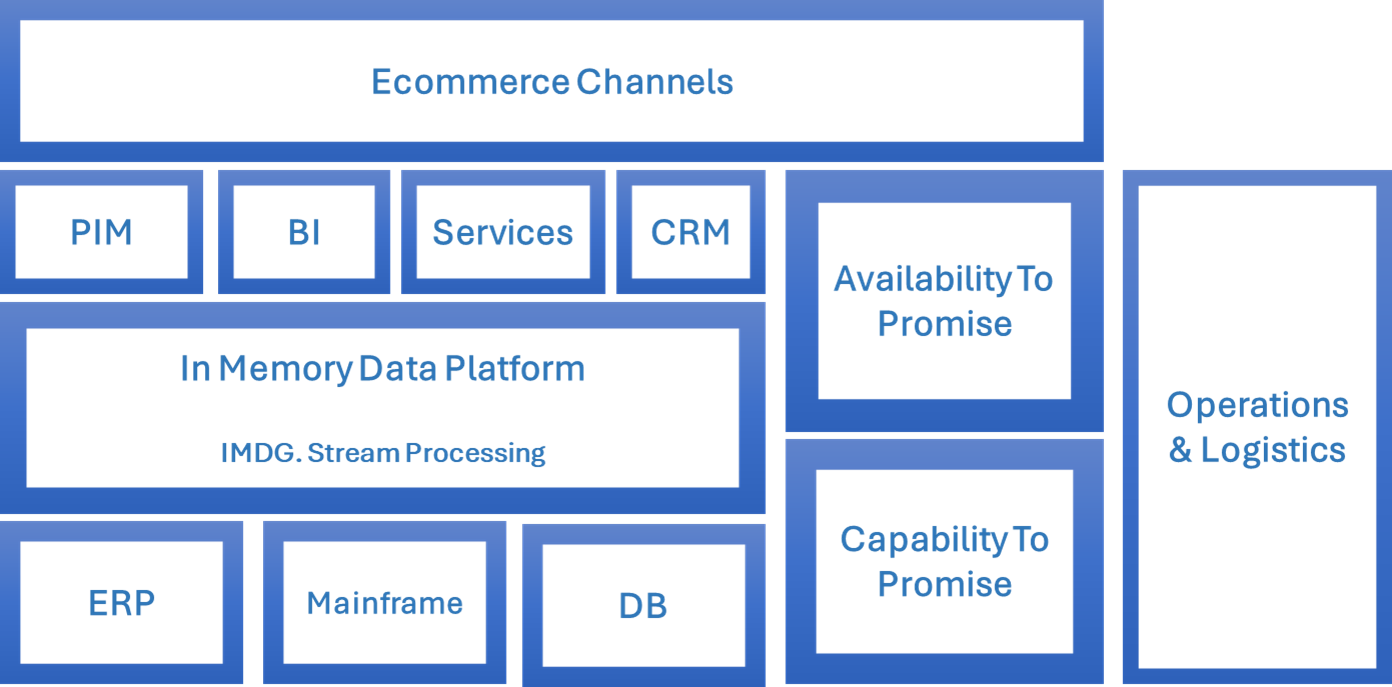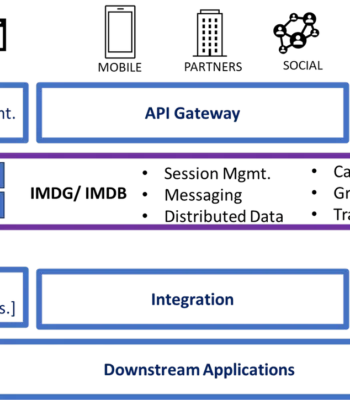Introduction
In-Memory Data Grid/Database can significantly improve e-commerce Availability-To-Promise (ATP) by providing real-time data processing, low-latency access, and enhanced visibility into product availability.
Here’s how In-Memory Data Grid/Database can enhance ATP in e-commerce:
Real-Time Inventory Updates
n-Memory Data Grid/Database store inventory data in memory, allowing for real-time updates as products are purchased or restocked. This ensures that the availability status displayed to customers is always accurate and up to date.
Dynamic ATP Calculation
In-Memory Data Grid/Database allow e-commerce platforms to calculate ATP dynamically based on real-time inventory data. This ensures that the system considers the most current data when promising product availability to customers.
Intelligent Sourcing
In-Memory Data Grid/Database can help Ecommerce businesses determine the most efficient source for fulfilling orders based on inventory levels, shipping costs, and delivery times. This ensures that orders are fulfilled from the best available location.
Real-Time Order Management
Ecommerce platforms can use In-Memory data to manage orders in real-time. This includes checking product availability and updating order statuses as products are allocated and shipped.
Personalized ATP
By leveraging real-time data on customer preferences and purchase history, Ecommerce platforms can provide personalized ATP information. This includes tailored product recommendations and delivery options that match individual customer needs.
Low Latency Access
In-Memory Data Grid/Database offer low-latency data access, enabling Ecommerce platforms to quickly retrieve product availability information as customers browse or make purchases. This speed ensures a seamless and responsive user experience.
Alerts and Notifications
In-Memory Data Grid/Database can generate alerts and notifications to inform customers of any changes in product availability. Customers can receive real-time updates on out-of-stock products or delays in delivery.
Improved Customer Experience
Real-time ATP calculations and accurate availability information enhance the overall customer experience. Customers can make well-informed purchase decisions and trust that the information provided by the Ecommerce platform is reliable.
Order Tracking and Transparency
In-Memory Data Grid/Database can provide real-time tracking of orders, allowing customers to monitor the progress of their deliveries and receive timely notifications about any changes or delays.
Real-Time Analytics
e-commerce businesses can use In-Memory Data Grid/Database for real-time analytics to gain insights into product demand, supply chain performance, and inventory turnover. This information helps optimize ATP and inventory management strategies.
Scalability
As e-commerce businesses expand, In-Memory Data Grid/Database can scale to handle larger data volumes and increased user demands, ensuring that ATP remains reliable and responsive.
Conclusion
In summary, In-Memory data platforms offer real-time ATP capabilities that enhance e-commerce by providing accurate product availability information, improving order management, and creating a more personalized and responsive shopping experience for customers. These capabilities are essential for meeting customer expectations and ensuring efficient order fulfillment.
Connect with us at info@mach41.com for insights on the topics discussed in this article or to explore reviews, consulting, and solutioning services for Hazelcast and other DataGrid solutions.




